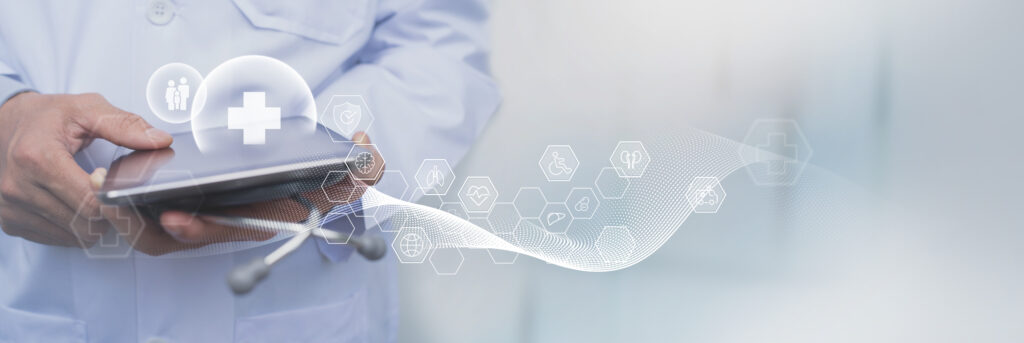If you’ve been around for any time at all now, you know Kno2 is all about disrupting the preconceived notions of healthcare connectivity and interoperability. Grand ideas and sophisticated technology exist, but where we see them fall short of moving the needle on earnest attempts at improving care quality and outcomes is honestly in their grandeur. At Kno2, we advocate for the basics: get the day-to-day, point-of-care stuff done well. Nail the simple stuff, then go big! To that end, we’re going to share three fresh use cases for leveraging Direct Secure Messaging between healthcare providers. The infrastructure for pushing messages between providers is not only already in place, but it’s inexpensive and does not require proprietary software. Thinking beyond referrals and ADT notifications, let’s consider some cool ways to immediately impact the care continuum.
#1: EMS Transition of Care at the Hospital
Emergency medical services (EMS) is a point in the care continuum that often gets overlooked and underappreciated. As a result, the transition of care between EMS teams and hospital emergency departments is generally inefficient and cumbersome. When an EMS team arrives at the hospital to deliver a patient for care, they are also delivering an electronic pre-hospital care report (ePCR). This report details the care and interventions that have already been delivered by first responders.
The hand-off of the ePCR to the ED team is often delayed because many health systems use a manual, fax-driven process for this action. EMS and ED teams are often forced to rely on verbal communication to share information about the patient and their clinical status. For the record, we don’t think that verbal communication is the best way to document patient information (it’s probably the worst). Direct secure messaging could be used to transmit the information contained in the ePCR from the EHR of the EMS agency to the EHR of the hospital. Actually, it’s already happening.
#2: eSignature Workflow Automation
COVID-19 brought many changes to healthcare delivery here in the US. Routine office visits and other encounters like elective surgeries were put on hold during the height of the pandemic. As a result, telemedicine and contactless workflows provided a safe and convenient channel for patients to receive care. The viability of using paper forms that needed patient signatures was out the window and the need for e-signature solutions became necessary.
In-person visits and elective surgeries have resumed, but contactless e-signature solutions aren’t going away (this is a good thing). Instead of building individual e-signature integrations with thousands of EHRs, using a national messaging standard like Direct Secure Messaging enables e-signature workflow connectivity at scale. Because the vast majority of EHRs are certified and have DSM capabilities, they can leverage DSM for e-signature workflows. With very little IT lift, DSMs can automatically route to patient records inside the EHR simply by using patient demographics (name, date of birth, medical record number, etc.).
#3: Sharing Advanced Directives Across Care Providers
Advanced Directives don’t get nearly enough attention in healthcare, but when you consider the importance of Advance Care Planning (“ACP”) documentation for physicians, emergency care providers, EMS and long-term health facilities, it’s mind-boggling that these aren’t more readily exchanged. Quality initiatives in the past have encouraged physicians to discuss and secure ACP documents. But if they’re not readily shared, it’s just one more data point lost in the continuum. This is yet another case where Direct could be tapped to securely share these documents, ensuring that everyone who interacts with a given patient has full access to their wishes, especially when time is of the essence and the individual cannot speak for themselves.
Let’s Think Outside the EHR Box to Realize True Connectivity
For the past two decades Health IT interoperability has been synonymous with EHR-to-EHR data sharing. One of the wisest moves we can make is to move away from EHRs as Ground Zero of connectivity. Instead, looking at how we can bring all providers to the table and create access to the full breadth of patient data (including ADTs, for example) simple and scalable, we can better make progress toward connecting solutions to patients. Getting creative with Direct Secure Messaging as a readily available solution across communities is a great start down the road of innovation, leveraging existing interoperability frameworks and standards, however non-flashy that may sound. We are totally okay with non-flashy to get the job done right.





